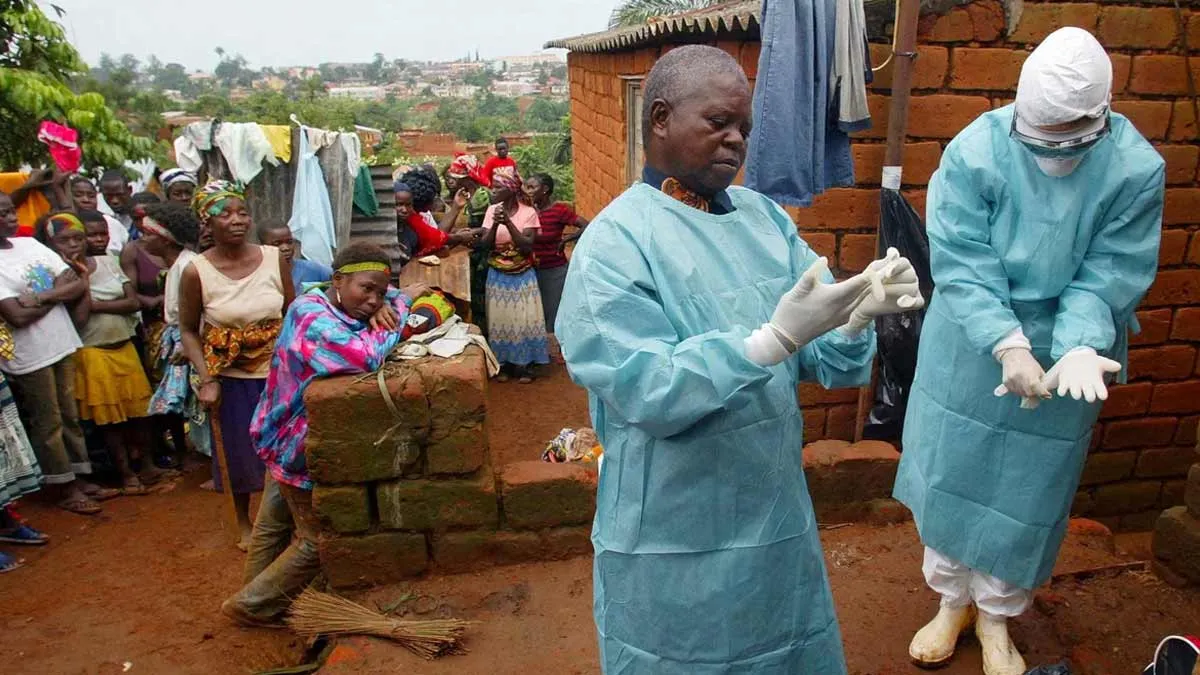
Tanzania has officially declared an outbreak of the Marburg virus in its remote Kagera region, following initial dismissals of earlier reports. The announcement was made by President Samia Suluhu Hassan, confirming the presence of the highly infectious and often deadly virus. The declaration has prompted swift action from international health organizations, including the Africa Centres for Disease Control and Prevention (Africa CDC).
Table of Content:-
Initial Reports and Official Confirmation
The World Health Organization (WHO) initially raised concerns about a suspected Marburg outbreak earlier this month after eight fatalities were reported in Kagera. Local authorities, however, had initially denied the presence of the virus, citing negative test results. This stance shifted when further testing confirmed at least one positive case, while 25 other samples tested negative.
President Hassan acknowledged the findings, emphasizing the need for vigilance and collaboration to contain the virus. The confirmation places Tanzania at the center of a health emergency, with neighboring countries also on high alert.

Understanding the Marburg Virus
The Marburg virus, closely related to the Ebola virus, is a member of the filovirus family. It causes a severe hemorrhagic fever that can lead to organ failure and significant bleeding. The virus has a high fatality rate, reaching up to 88% in untreated cases.
Origins and Transmission
The virus is zoonotic, originating from fruit bats and occasionally spreading to humans via monkeys or direct bat contact. Human-to-human transmission occurs through exposure to bodily fluids like blood, saliva, or urine from infected individuals. Surfaces contaminated with the virus can also facilitate its spread.
Also Read: California Reports New Human Bird Flu Case: CDC Intensifies Response Amid Growing Concerns
Those at higher risk include healthcare workers, miners, and individuals in close contact with wildlife known to carry the virus.
Symptoms of Marburg Virus Disease
Marburg virus disease progresses in two distinct phases. Initial symptoms mimic the flu but escalate rapidly. Early warning signs include:
- Fever, chills, and severe headaches.
- Muscle and joint pain.
- Sore throat and rashes.

As the disease advances, more severe symptoms manifest, such as:
- Vomiting and diarrhea.
- Abdominal and chest pain.
- Confusion and delirium.
Internal and external bleeding, including bloody stools and vomit, bleeding from the nose, eyes, and other orifices.
Also Read: H5N1 Alert: US Health Department Accelerates New Bird Flu Vaccine Development Amid Pandemic Scare
Recent Marburg Outbreaks in the Region
The current outbreak in Kagera comes on the heels of Rwanda’s declaration of its own Marburg epidemic, which began a month earlier. Rwanda’s outbreak resulted in 15 fatalities and 66 reported cases, primarily affecting healthcare workers who treated initial patients. This underscores the virus’s high transmissibility, especially in medical settings.
Africa CDC’s Rapid Response
The Africa CDC has mobilized resources to assist Tanzania in containing the outbreak. Measures include:
- Strengthening diagnostic and surveillance capabilities.
- Deploying emergency medical teams.
- Enhancing public awareness campaigns to educate communities on preventive measures.
Bottomline
The Tanzanian government’s swift acknowledgment of the outbreak, despite initial delays, has set the stage for a coordinated international response. The efforts of global health agencies and local authorities will be critical in preventing a wider epidemic.
As the situation unfolds, vigilance, awareness, and prompt medical intervention remain the most effective tools against this deadly virus.
Also watch this video
How we keep this article up to date:
We work with experts and keep a close eye on the latest in health and wellness. Whenever there is a new research or helpful information, we update our articles with accurate and useful advice.
Current Version